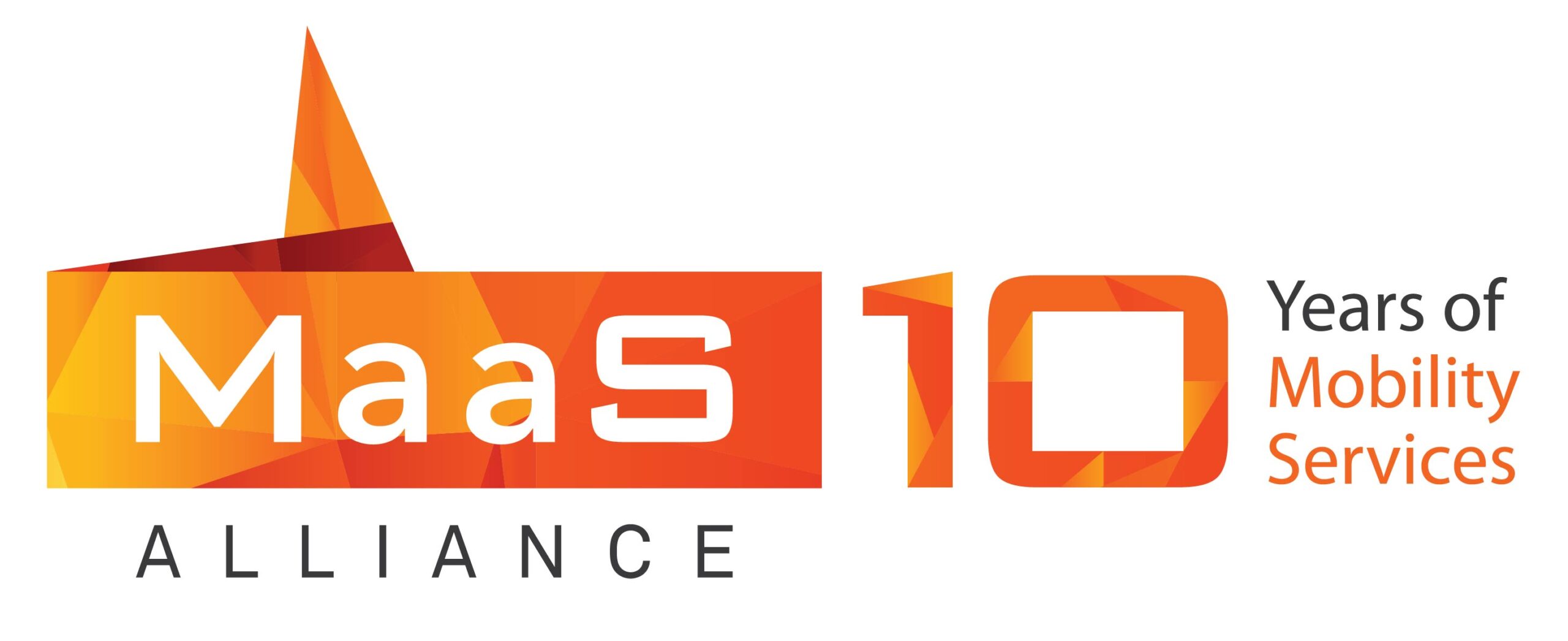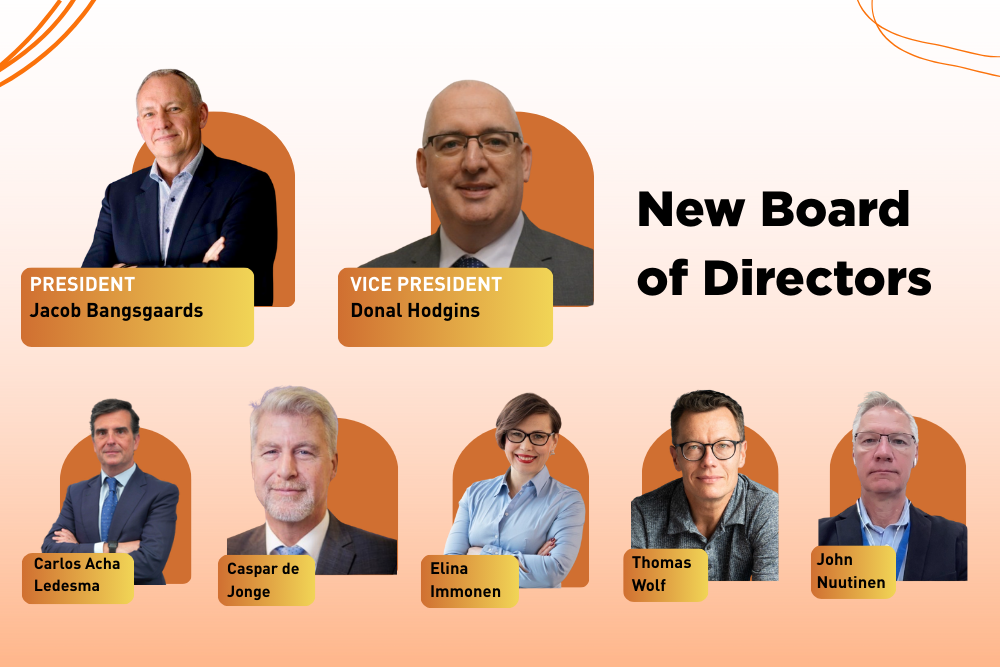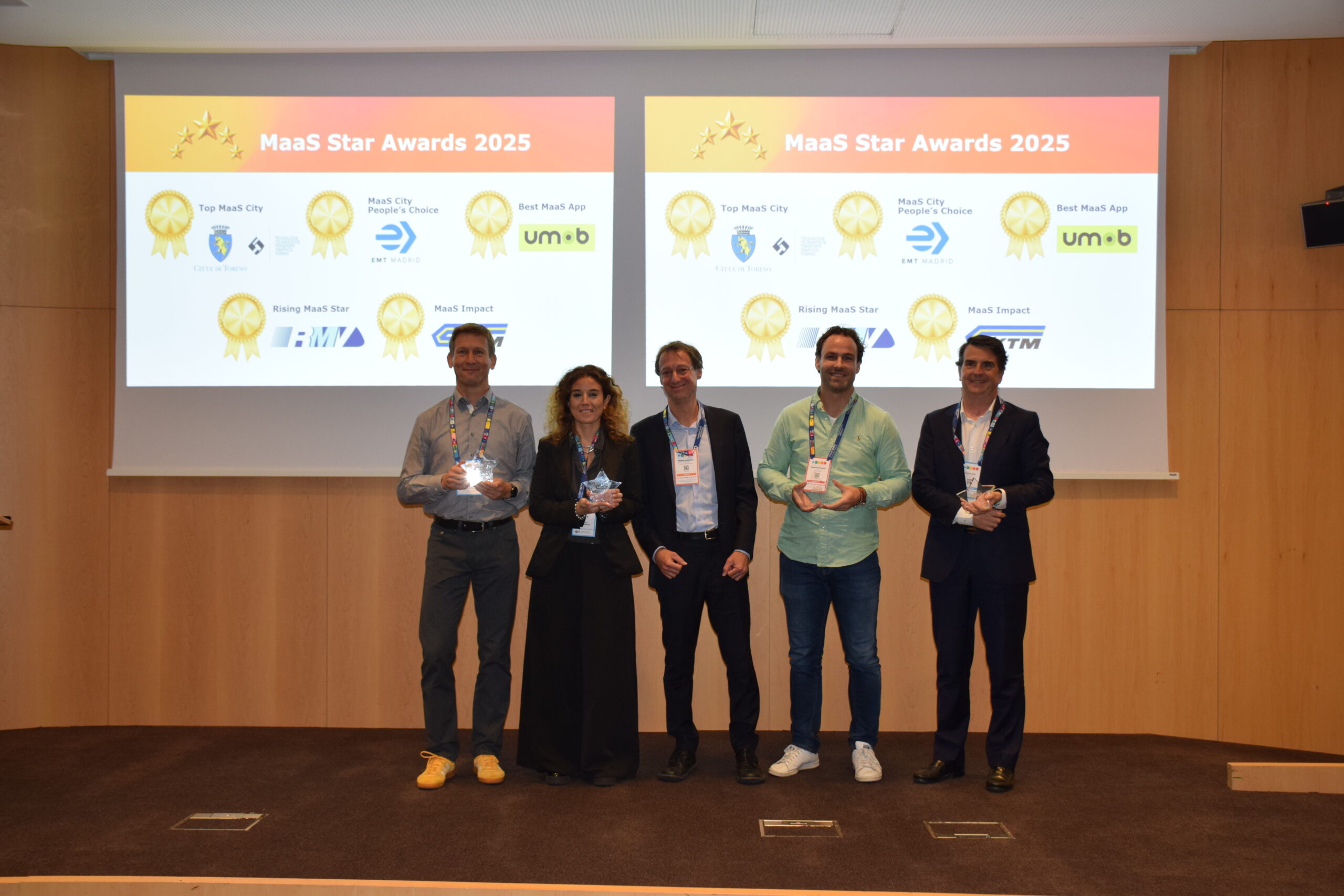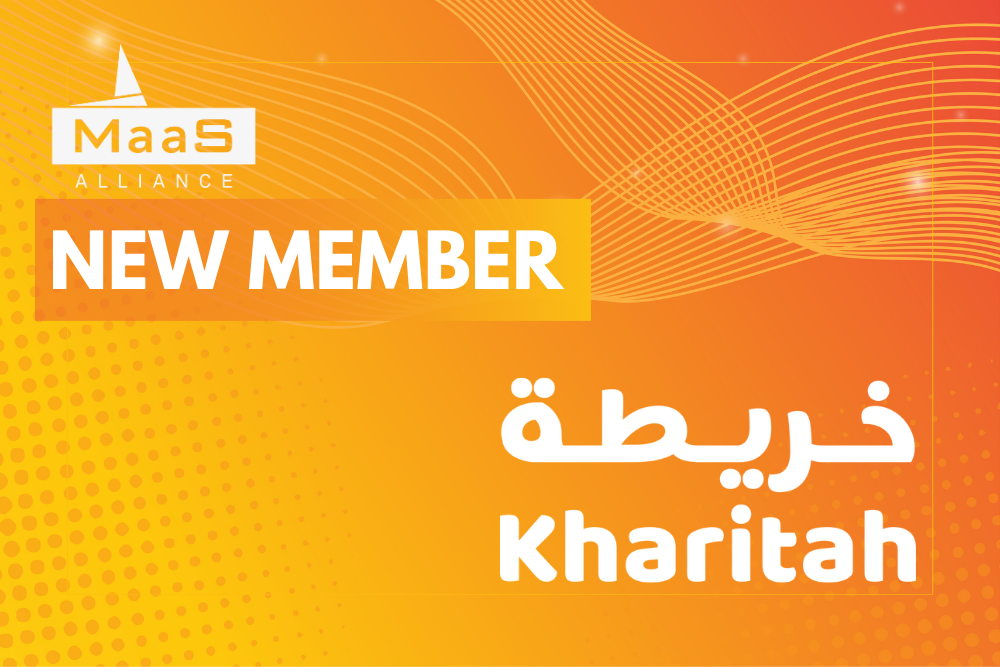Roelof Hellemans, Secretary General of the MaaS Alliance, discusses the crucial importance of optimising the public domain to advance Mobility-as-a-Service towards a sustainable and user-centric future.
We have all seen and witnessed the development and deployment of MaaS. Some propositions are working better than others. While the time for business-to-consumer propositions is yet to come, business-to-business and business-to-government solutions are working very well. This also presents us with a definition challenge: Is shared mobility the same as MaaS?
“In the end, shared mobility and MaaS are both working to achieve the same social goals,” says Roelof Hellemans, MaaS Alliance Secretary General.
We are happy to see ‘shared mobility’ being born and focusing on facilitating intermediaries and users. In the end, shared mobility and MaaS are both working to achieve the same social goals. The ongoing development of digitalisation within the mobility environment necessitates the need to create better tools to manage the public domain. We need to lower the barriers to provide easy access to mobility services to all users, emphasising the need to collaborate to achieve this common goal.
Navigating the challenges
One major challenge that we see is that the mobility industry keeps thinking from a closed perspective and mobility providers continue to work within their own silos. Reducing costs, creating social and commercial revenues, and loyalties to users are more important aspects of the business.
We are worried that we are not going in the right direction to align, collaborate and provide the right tools to improve mobility. Our main competitor in this aspect is the owning of a private car. Thus, we need to align to provide people with better mobility options that they can choose from.
The user is the backbone of MaaS and shared mobility. So, every stakeholder, every single provider of mobility should work hard on creating a proposition that is better than owning a car”
Many times, I`ve been asked the question: What is the backbone of Mobility-as-a-Service? I think this is also one of the reasons why shared mobility has been introduced. This for me is the most difficult question to answer due to politics, expectations and commercial reasons. It is also the easiest answer to provide. The user is the backbone of MaaS and shared mobility. So, every stakeholder, every single provider of mobility should work hard on creating a proposition that is better than owning a car.

Within the public domain, we see the need for spaces to move. We need to provide flexibility for all individuals to keep them moving towards their destination. Destinations can include a public transport station, a taxi stopping at the street, bike lanes, parking spots, walking paths in cities, or any other locations. We must provide public spaces to make sure that all users are able to freely move.
We are not big fans of silos, which is why we believe we should try to open them up or connect them properly. For the MaaS Alliance, it is all about opening up silos so that they align and collaborate on achieving the social goals with tools to manage the public domain.
Supercharge your public transport marketing in 2024!
Download our FREE Media Planner & unlock a world of tailored advertising opportunities:
- Reach the right audience: Target a vast and engaged public transport community.
- Drive results: Generate brand awareness, thought leadership, leads & sales.
- Stay ahead of the curve: Get insights from industry leaders & discover exciting new features.
- Craft a winning strategy: Work with our expert team to create a personalised plan for your brand.
Key Highlights:
- 2024 Advisory Board Insights
- Targeted Audience & High Circulation
- Traffic Drivers & Awareness Packages
- Thought Leadership & Lead Generation Solutions
- Market Research & Data Analysis
- Engaging Editorial Content
- Proven Success: Client Testimonials
We are working hard on the next level of integration of public and private mobility – the realisation of the ‘Open Mobility Ecosystem’. We are happy to share our latest position paper on achieving this goal.
Looking at industry trends
We need to define what we want AI to do for the industry and how we can manage it”
The sexy trend right now is artificial intelligence (AI). We see many organisations struggling with the opportunities AI can bring to their organisations. But there is also a lot of fear in the industry. We need to define what we want AI to do for the industry and how we can manage it. To manage algorithms you need to know how it is working and being used by users. We are hosting the discussions to create the right tools and solutions to keep control of your operations and manage the user requirements. This could lead to a whole other approach for optimising demand and supply of mobility services on a more cost-effective way or on a social friendlier impact.
Another trend we see is mobility roaming. The need to align and lower the technical barriers to collaborate between the back offices is getting more and more important. You can compare this trend with the introduction of mobile phones. Users want to receive one invoice from all the mobility services that they use in all countries. An exchange of generic services is needed to achieve this.
Another big trend on a governance part is the rising of data spaces. The common language spoken between all actors is crucial. Data spaces are helping all actors to align on the speaking and exchanging the same language. The real opportunities are laying in the process and output of data spaces. We need to make sure that the governance structure is in place to manage and control the public’s needs. This trend involves collaboration between the private and public sectors to increase the social outputs within an open and fair market.

Credit: MaaS Alliance
Fostering collaboration
To achieve our goals, we preach for collaboration and alignment to create and manage the ‘Open Mobility Ecosystem’. Our mission and vision is to contribute to fostering a thriving mobility ecosystem by forming a digital organisational structure, including all organisational aspects from public and private stakeholders to agile MaaS structures and participants’ mindsets.
The MaaS Alliance works towards achieving:
- A holistic analysis of new mobility services and how they can be augmented to support the existing mobility ecosystem
- A common agreement on indicators for enriched sustainable mobility business models that outperform the offerings citizens deserve to thrive in this new era, where public and private supply will be complemented.
To that end, we will help explore and understand:
- Generic services to make mobility function smoothly, like payments, bookings & settlements
- Regulations and governance from global to local level
- The need to exchange data for social and societal benefits
- An open market with clear governance for all to connect, align and contribute to the social and economic needs of the community and individual
- How to leverage the opportunities and mitigate the risks of AI technologies.
Source: Intelligent Transport



